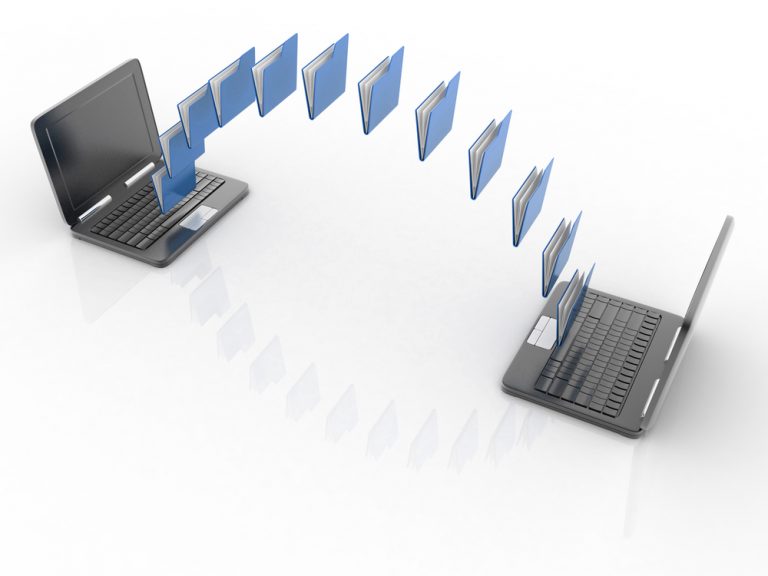
Electronic Data Interchange (EDI) is one of the technological innovations of the past century that led to the import and export that makes complicated manufacturing possible. With an EDI system organizations establish an understanding that allows the exchange of documents that match a common format. The biggest impact is for small and medium enterprises that can now trade with larger partners. According to experts, there are roughly three options for organizations considering the implementation of EDI:
Manual – Manual systems are cheap, easy to implement and uncomplicated. Manual systems are usually web-based, and all you need is the login credentials to start. However, such a system is only appropriate for low-volume orders and businesses. If you have a few orders a month and don’t require any integration with other in-house systems, a manual system is a good option.
Bureau – Another option is a bureau based service. With a bureau system, you can access larger trading partners. Also, another benefit is a direct tie-in to your in-house systems like accounts, inventory and other support systems. An EDI internet solution such as this is what we would recommend for most business.
ERP – Finally there are large integrated ERP systems. Most of the larger ERP platforms incorporate EDI directly and only require internal configuration. However, ERP systems of the nature are often expensive, time-consuming to implement, and require buy-in from the entire organization to ensure success. Ultimately, the time spent is worthwhile, with a return on investment within a few years.
